Disclosure: This article contains affiliate links. We may earn a commission from purchases at no extra cost to you, which helps our travel content.
Standing at the edge of Gunlom Falls, watching my reflection ripple across the infinity pool while the vast Kakadu landscape stretched endlessly before me, I understood why Indigenous Australians have revered this land for over 65,000 years. As someone who's spent decades exploring natural wonders across continents, I can confidently say that Kakadu's waterfalls and swimming holes offer a rare combination of geological magnificence, cultural significance, and pure, unbridled joy – especially when visited with family during the Australian winter (our summer).
Understanding Kakadu's Seasons: Timing Your Visit Right
Before diving into specific waterfalls, let's address Kakadu's most crucial travel consideration: timing. Unlike the four-season calendar familiar to most Americans, Kakadu operates on a six-season Indigenous calendar developed by the Bininj/Mungguy people over millennia of observation.
The Australian winter (May to September) – which coincides with our summer vacation season – is locally known as the 'dry season' and offers the most reliable access to Kakadu's waterfalls. During this period, temperatures hover between comfortable 70-85°F (21-30°C), rainfall is minimal, and most 4WD tracks are open.
June through August provides that sweet spot where water levels remain impressive while access roads stay passable. I learned this lesson the hard way during my first visit in November (early wet season), when sudden downpours transformed dirt roads into impassable mud pits, requiring a vehicle recovery kit that our rental fortunately included. Conversely, visit too late in the dry season, and you might find some falls reduced to trickles.
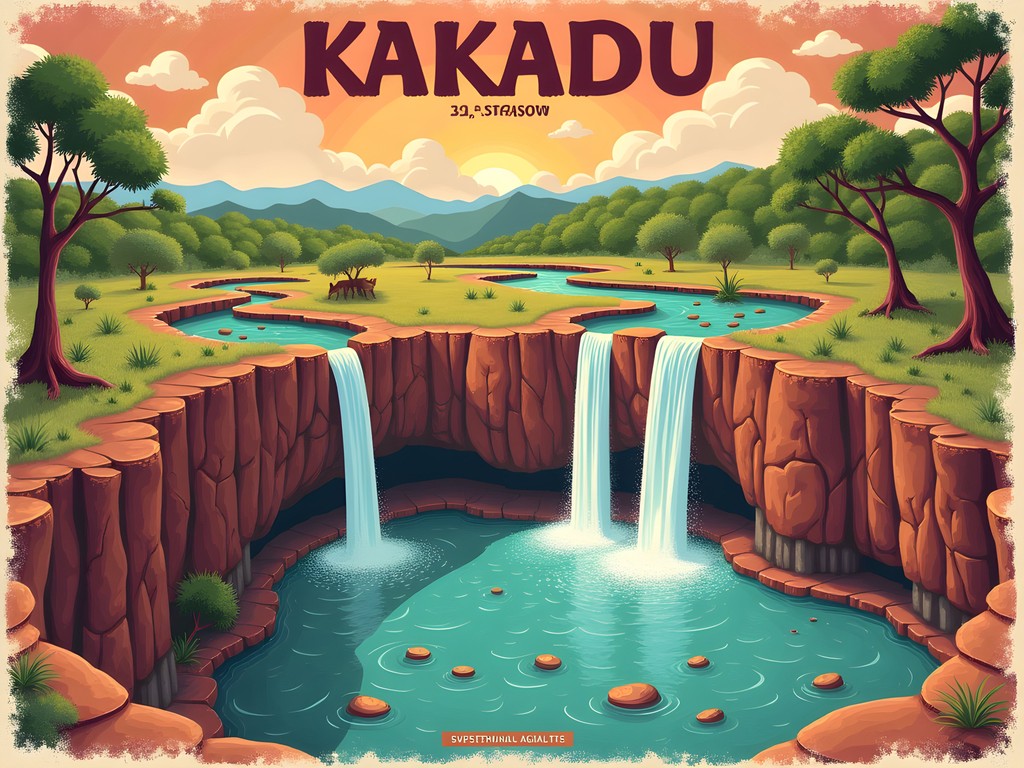
💡 Pro Tips
- Book accommodations 3-6 months in advance for dry season visits
- Check the Kakadu National Park website for current road closures before finalizing your itinerary
- Purchase your park pass online before arrival to save time at entry points
Jim Jim Falls & Twin Falls: The Crown Jewels
Jim Jim Falls and nearby Twin Falls represent Kakadu's most iconic water features, and for good reason. These massive 150-meter (492-foot) escarpment cascades thunder dramatically during the wet season but transform into accessible swimming paradises during the dry months.
Accessing Jim Jim requires a challenging 10km 4WD-only track followed by a 1km rock-hopping hike – not for the faint-hearted but absolutely manageable for families with teenagers. The final approach involves scrambling over boulders the size of small cars, which my nephews found thrilling when they joined me last year. For this section, proper footwear is non-negotiable; I recommend amphibious hiking shoes that handle both the rock scramble and swimming comfortably.
Twin Falls is accessible only via 4WD and then a boat shuttle (operated by local Aboriginal guides), followed by a short walk. The cultural insights shared during this boat journey were, for me, equally valuable as the spectacular falls themselves. Our guide explained how these sites feature in creation stories dating back countless generations.
During my most recent visit, I used a dry bag backpack to carry lunch, camera gear and extra water – essential as there are no facilities once you leave the parking area.
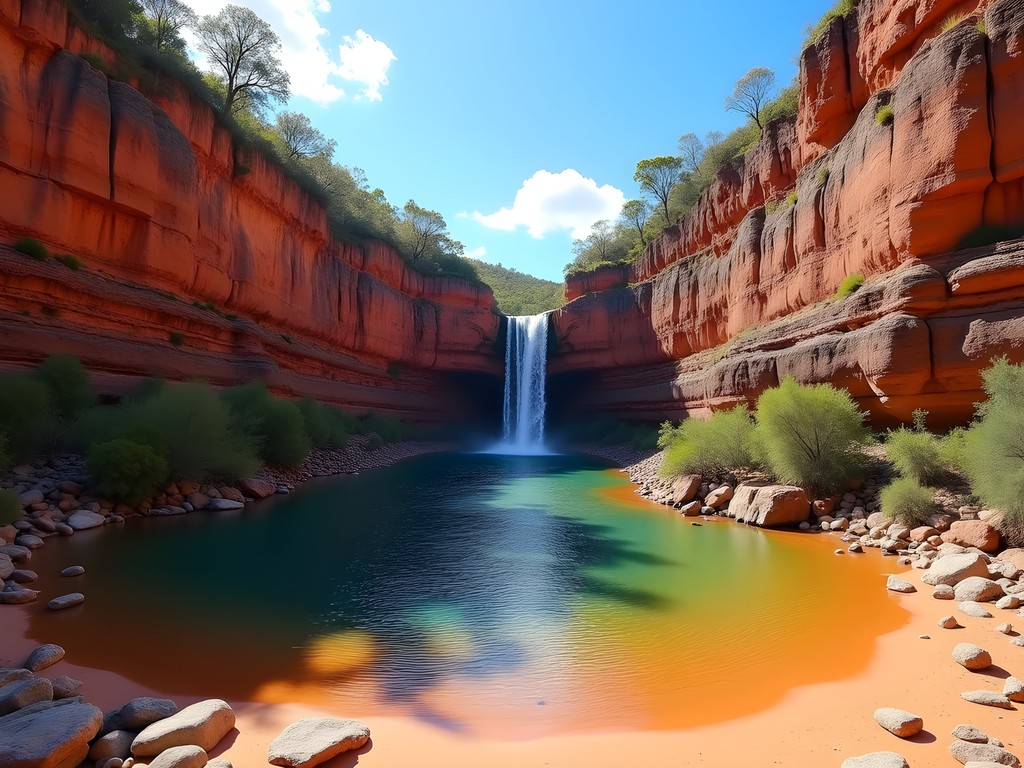
💡 Pro Tips
- Arrive at Jim Jim Falls early (before 9am) to avoid crowds and afternoon heat
- Book the Twin Falls boat shuttle in advance during peak season (July-August)
- Pack at least 2 liters of water per person plus high-energy snacks
Gunlom Falls: The Natural Infinity Pool
If I could recommend just one waterfall experience in Kakadu, it would be Gunlom Falls. Made famous by the movie 'Crocodile Dundee,' this multi-tiered cascade features what might be Australia's most spectacular natural infinity pool at its top.
The bottom pool is easily accessible via a short walk from the parking area, making it ideal for families with younger children. However, the real magic happens when you tackle the steep 15-minute climb to the upper pools. This hike is challenging but doable for most fitness levels – my 70-year-old friend Dave managed it with frequent rest stops.
Once at the top, you're rewarded with a series of pristine pools that seem to hang on the edge of the escarpment, offering unparalleled views across Kakadu's woodlands. Swimming here while gazing out over the ancient landscape creates one of those rare travel moments that remain etched in memory forever.
During my visit with friends last July, we arrived at opening time (8am) and had the upper pools to ourselves for almost two hours. We packed a portable coffee maker and enjoyed what was possibly the most scenic morning brew of my life. By midday, the upper pools had become quite crowded, confirming the wisdom of an early start.

💡 Pro Tips
- The climb to the upper pools is exposed – wear sun protection and start early
- Bring polarized sunglasses to reduce glare and better see underwater obstacles
- Allow at least 3-4 hours to fully enjoy both the upper and lower pool areas
Maguk (Barramundi Gorge): The Hidden Gem
While Jim Jim and Gunlom attract the crowds, Maguk (also known as Barramundi Gorge) remains my personal favorite – a somewhat hidden gem that rewards those willing to venture slightly off the beaten path.
Accessing Maguk requires navigating a 14km 4WD track followed by a 1km walking trail through monsoon forest. The trail culminates in a narrow gorge housing a deep, crystal-clear plunge pool beneath a modest but beautiful waterfall. The gorge's high walls create a cathedral-like atmosphere that feels both intimate and grand.
What makes Maguk special is its exceptional swimming. The plunge pool maintains significant depth year-round, allowing for proper swimming rather than just wading. For the adventurous, a scramble up the side of the falls reveals additional pools upstream.
The underwater visibility here is remarkable – I could clearly see my shadow on the sandy bottom 20 feet below. This makes Maguk perfect for underwater exploration with a snorkel set. During my visit, we spotted numerous native fish species, including the namesake barramundi in the deeper sections.
Maguk also offers excellent birdwatching opportunities. The lush vegetation surrounding the gorge attracts numerous species, including rainbow pittas and azure kingfishers. I recommend bringing a waterproof bird guide to identify your sightings.

💡 Pro Tips
- The 4WD track to Maguk can deteriorate late in the dry season – check conditions before attempting
- Visit midweek if possible, as weekends can get busy with Darwin locals
- Bring a waterproof flashlight to explore the shadowy corners of the gorge
Cultural Considerations and Safety
As someone who straddles two cultural heritages myself, I'm particularly sensitive to the importance of respecting Indigenous connections to land. Kakadu isn't just a national park – it's the ancestral home of Aboriginal peoples who have maintained continuous connection to this country for over 65,000 years.
Many waterfall sites hold deep spiritual significance. Some pools have gender-restricted access according to traditional law, while others may be temporarily closed for cultural reasons. These restrictions are clearly marked, and respecting them is non-negotiable.
I highly recommend joining an Indigenous-led tour at least once during your visit. The cultural context these guides provide transforms your understanding of the landscape. I participated in a tour with Kakadu Cultural Tours and gained insights no guidebook could provide.
Safety considerations are equally important. Saltwater crocodiles ('salties') are present throughout Kakadu, though rangers monitor swimming areas during the dry season. Always observe safety signs and never swim where not explicitly permitted.
The tropical sun is another serious concern. Even during winter, UV exposure is extreme. I rely on reef-safe sunscreen which doesn't harm aquatic ecosystems when you inevitably wash it off while swimming.
Finally, proper hydration is critical. I carry a insulated water bottle that keeps water cool despite the heat – essential when you're hiking to remote falls.

💡 Pro Tips
- Download the Kakadu visitor app for current safety alerts and cultural information
- Drink at least 1 liter of water for every 2 hours of outdoor activity
- Consider hiring an Indigenous guide for at least one day of your visit
Final Thoughts
As I sat beside Maguk's plunge pool on my final evening in Kakadu, watching the sandstone walls transition from gold to deep orange with the setting sun, I reflected on how this ancient landscape bridges my own divided cultural heritage. Like the Korean mountains of my birth and the American southwest of my upbringing, Kakadu speaks to something universal about our human connection to water and stone.
For families seeking more than just a typical vacation, Kakadu's waterfalls offer multi-layered experiences – the physical challenge of reaching remote swimming holes, the cultural education of understanding Indigenous connections to water, and the simple joy of floating in pristine pools beneath ancient cliffs.
The effort required to access these places – the long drives, the challenging hikes, the careful seasonal planning – only enhances their impact. In our increasingly accessible world, these waterfalls remain experiences that must be earned, making them all the more valuable. Whether you're cooling off in Jim Jim's massive plunge pool or watching sunset from Gunlom's infinity edge, Kakadu's waters will leave you forever changed. Just remember to tread lightly, listen deeply, and allow yourself to be humbled by a landscape that has witnessed over 65,000 years of human stories flowing past, like water over stone.
✨ Key Takeaways
- Visit during the dry season (May-September) for optimal waterfall access and swimming conditions
- Allow at least 5-7 days to properly experience Kakadu's major water features without rushing
- Respect cultural protocols and safety warnings at all swimming sites
- Consider vehicle capability requirements when planning your waterfall itinerary
📋 Practical Information
Best Time to Visit
Dry season (May-September), with June-August being optimal
Budget Estimate
$200-300 AUD per day for family of four (accommodations, 4WD rental, food, activities)
Recommended Duration
5-7 days minimum
Difficulty Level
Moderate (Some Locations Require 4wd Access And Challenging Hikes)



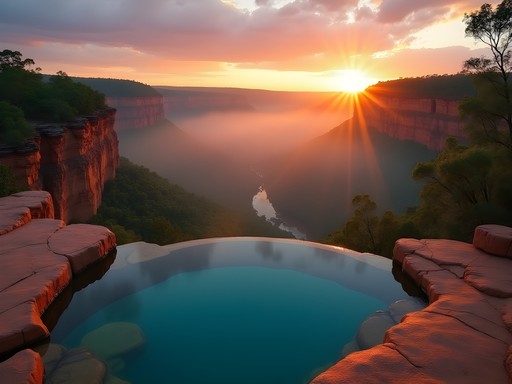

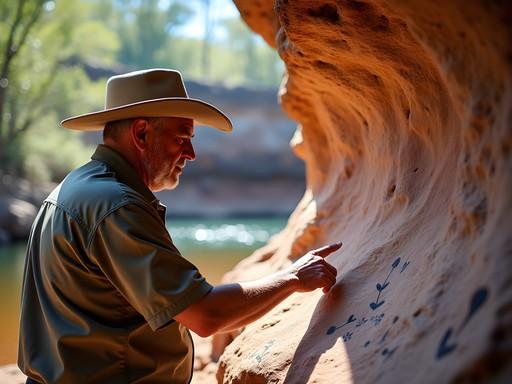







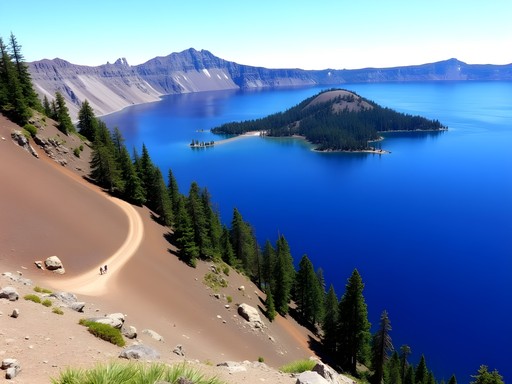


Comments
smartrider
That sunset photo at Maguk is stunning! What camera do you use?
backpackway
Not the author but I was at Maguk last season and no photo does it justice. The colors at sunset are unreal!
smartwalker
Just got back from Kakadu. Bring more water than you think you need for the hikes. And don't miss Motor Car Falls - fewer tourists there!
smartbackpacker
Amazing post! I'm planning to visit in July this year. Is that a good time for swimming? And how cold does the water get? The plunge pool at Maguk looks so inviting but I'm wondering if I'll freeze when I jump in! Also, are there any guided tours you'd recommend if we don't want to rent a 4WD ourselves?
Jean Wells
July is perfect for swimming! The water is refreshing but not freezing. Maguk stays pretty cool year-round because it's shaded. I'd recommend the Yellow Water cruise too - not swimming but amazing for wildlife.
smartbackpacker
Thanks so much! Yellow Water cruise is already on my list. Can't wait!
Jean Wells
I visited Kakadu last May during the shoulder season and it was perfect timing. The waterfalls were still flowing strong from the wet season but most tracks were open. Jim Jim Falls was spectacular but the hike to reach it is quite challenging - wear proper shoes and bring plenty of water! The temperature shift between the exposed trail and the shaded gorge is dramatic. Gunlom was my favorite though - that infinity view is even better in person than photos suggest. Stephen's advice about early morning visits is spot on - I arrived at 7am and had the place to myself for almost an hour.
smartrider
Did you need a 4WD to get to Jim Jim? Thinking of renting one but they're so expensive.
Jean Wells
Yes, absolutely need a 4WD for Jim Jim and Twin Falls - the road is very rough with creek crossings. I used this guidebook which has good details on vehicle requirements for each site. Maguk you can sometimes reach in a 2WD if it's been dry, but I wouldn't risk it.
backpackway
Those infinity pools at Gunlom look incredible! Definitely on my bucket list now.
BackpackBuddy
Those sunset photos at Maguk are stunning! Can't wait to visit.
wanderphotographer
Just got back from Kakadu and this guide was spot on! Gunlom Falls was everything Stephen described and more. That infinity pool is unreal - spent hours just soaking and staring at the view. One thing to add though: the road to Jim Jim was much rougher than we expected. Our rental 4WD barely made it through some sections. If you're not comfortable with serious off-roading, consider a tour instead. Also, we found Maguk less crowded in the afternoon when most tour groups had left. The light hitting the gorge walls around 4pm was perfect for photos!
TropicalExplorer
Great post! Anyone know if Jim Jim Falls is accessible in early October? Planning a trip then.
DarwinLocal
October should be fine for Jim Jim, but it really depends on the year. Some years the wet season starts early. Check with the park rangers before heading out there - roads can close quickly if it rains.
journeyperson
I'm planning a trip for next September but only have 3 days in Kakadu. If you had to pick just two of these waterfalls to visit, which would you recommend? Staying in Jabiru and have a 4WD booked.
mountainexplorer
Not the author, but I'd say Gunlom and Maguk. Jim Jim is amazing but the drive is longer and rougher, and in September it might not be flowing as strongly. Gunlom gives you that iconic infinity pool view and Maguk is just magical with fewer tourists. Both are doable in a day each from Jabiru.
journeyperson
Perfect, thanks for the advice! That's exactly what I needed to know.
AussieTrekker92
Maguk is such an underrated spot! Way less crowded than Gunlom but just as beautiful.
SydneyFam
Agreed! We spent hours at Maguk last year. The kids loved searching for little fish in the clear water.
Venture X
Premium card with 2X miles, $300 travel credit, Priority Pass